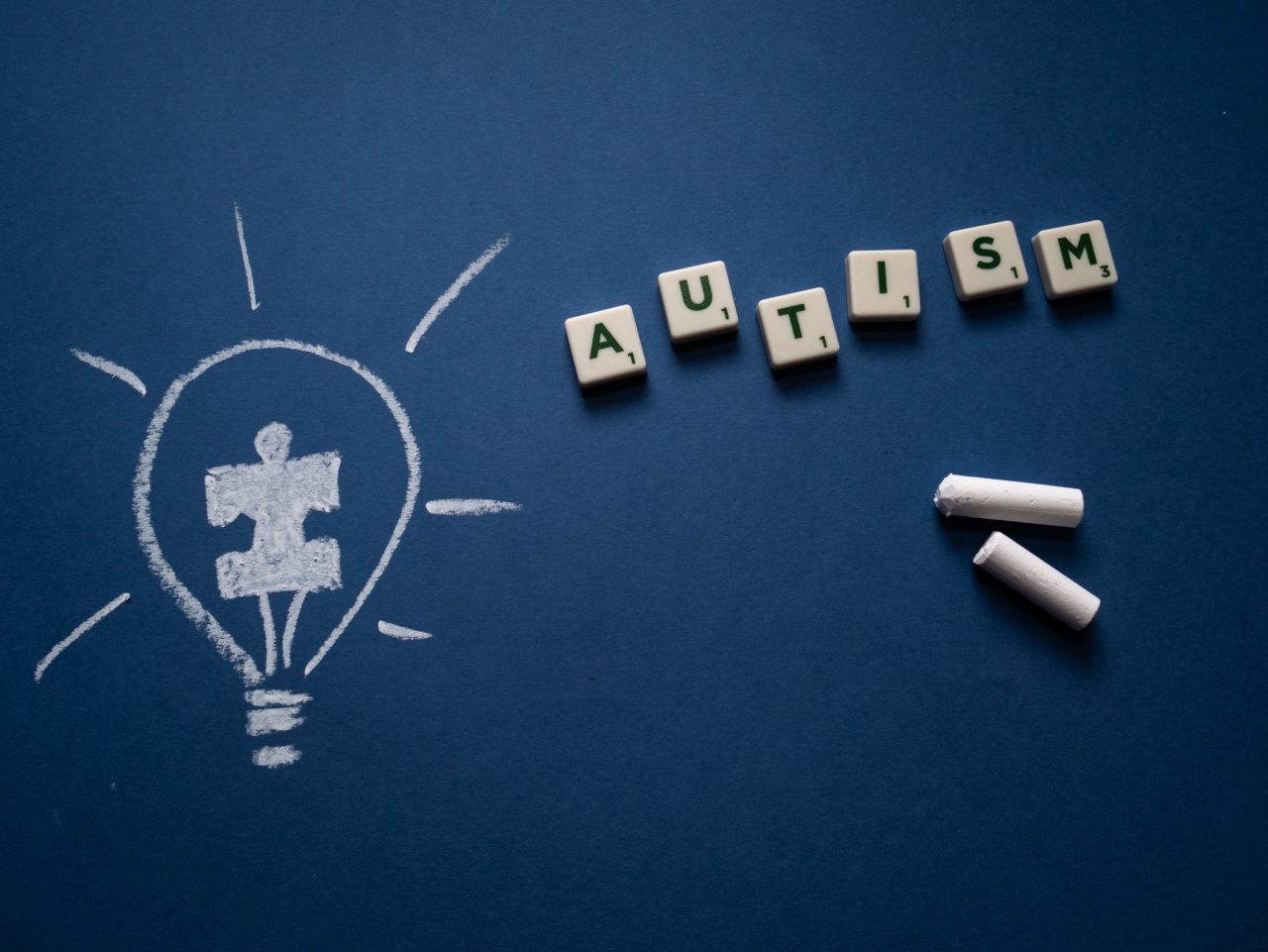Autism Spectrum Disorder (ASD) is a neurodevelopmental disorder that appears in early childhood. It is a range of conditions characterized by difficulties with social interaction, impaired communication, and repetitive behaviors.
Individuals with ASD may have difficulty in understanding non-verbal cues such as facial expressions or body language, leading to social isolation. They may also have repetitive behaviors such as flapping their hands or rocking their bodies. Each person with ASD is unique, with their own strengths and challenges.
Early Signs of Autism Spectrum Disorder
It is critical to identify ASD as early as possible for early intervention and therapy. Signs of ASD may show up as early as six months of age. Some of the early signs parents can look out for include:.
- Delayed or no babbling or gesturing by 12 months
- No words by 16 months
- No two-word combinations by 24 months
- Regression of language or social skills at any age
- Lack of responsiveness to name
- Poor eye contact
- Unusual repetitive behaviors
The Importance of Early Intervention
Early intervention is critical to improve the overall functioning of children with ASD. Research shows that early intervention can significantly improve the child’s social communication, play, and adaptive behavior.
The earlier the intervention starts, the better the outcomes. Early intervention can also reduce the need for more intensive interventions later in life.
Types of Early Intervention
Early intervention can take many forms, depending on the child’s needs. It typically involves therapies, services, and activities that promote the child’s development.
- Behavioral therapy: This therapy can help the child learn new skills and reduce problematic behaviors. It includes Applied Behavior Analysis (ABA) and Early Start Denver Model (ESDM).
- Speech and language therapy: This therapy helps to improve communication skills and language development.
- Occupational therapy: This therapy helps the child with sensory and motor difficulties, such as difficulty in feeding, dressing, and grooming.
- Physical therapy: This therapy helps the child with gross motor skills, such as crawling or walking.
- Medical intervention: Some children with ASD may also require medical intervention for co-occurring conditions such as seizures or sleep disturbances.
Challenges in Early Intervention
Despite the importance of early intervention, there are several challenges that families face in accessing these services. Some of the challenges include:.
- Delay in diagnosis: Delay in identifying the signs of ASD can lead to a lack of early intervention and delay in treatment.
- Lack of access to services: Families in rural or low-income areas may have limited access to specialized services or professionals trained in ASD intervention.
- Financial barriers: Early intervention can be expensive, and insurance coverage may be limited or unavailable.
- Stigma: There may be a social stigma around ASD, which can prevent families from seeking early intervention services.
Conclusion
Early intervention is crucial for improving the outcomes of children with ASD. It can promote the child’s development, improve social interaction, and reduce problematic behaviors.
However, families face several challenges in accessing early intervention services, such as delay in diagnosis, lack of access to specialized services, financial barriers, and stigma. Parents should look out for the early signs of ASD and seek early intervention if needed to improve their child’s overall functioning and quality of life.





























